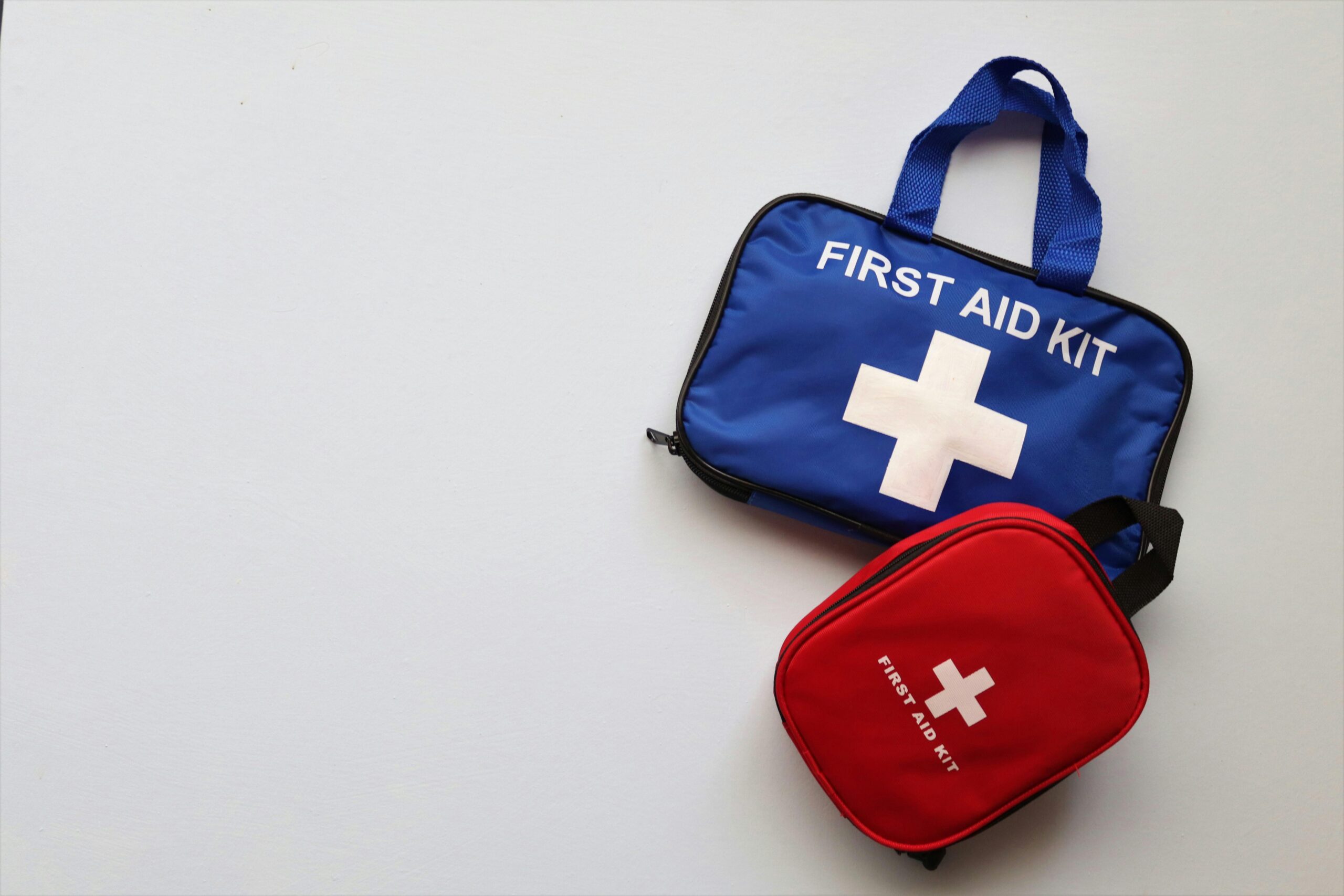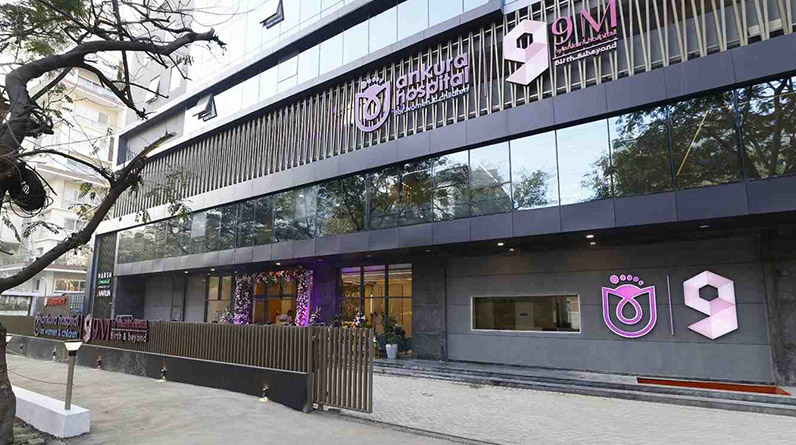In our fast-paced world, accidents and injuries can happen in the blink of an eye. That’s why a well-stocked first aid kit is not just a convenience, but a necessity for every home, car, and workplace. This guide will walk you through the essential items your first aid kit should have, why they’re important, and how to use them effectively. Whether you’re a parent, a teacher, or just someone who wants to be prepared, understanding what goes into a comprehensive first aid kit is a crucial step in ensuring safety for yourself and those around you.
Why a First Aid Kit Matters
First aid kits are your go-to resource in medical emergencies. Having one ensures you’re ready to handle minor injuries like cuts, scrapes, and burns promptly. Quick response can prevent infections and complications, making the difference between a minor incident and a major problem. Plus, having a first aid kit on hand provides peace of mind, knowing you’re prepared for unexpected situations.
Gauze Pads and Bandages
Gauze pads and bandages are essential for covering wounds and stopping bleeding. These items help keep injuries clean, reducing the risk of infection. When selecting gauze pads, opt for various sizes to handle different types of wounds. Bandages come in various forms, including adhesive strips and elastic wraps, ideal for securing gauze or supporting sprains.
Antiseptic Wipes and Solutions
Cleaning a wound is a crucial first step in preventing infection. Antiseptic wipes are pre-packaged and ready to use, making them a convenient option for quickly disinfecting cuts and scrapes. Antiseptic solutions, such as hydrogen peroxide or iodine, are also important for wound cleaning. Make sure to include both in your first aid kit for versatile wound care.
Adhesive Tape
Adhesive tape is used to secure gauze and bandages, ensuring they stay in place. It’s also useful for fastening splints or creating slings in case of fractures or sprains. Choose a hypoallergenic tape to avoid skin irritation, and make sure it’s strong enough to hold dressings securely.
Scissors and Tweezers
Scissors and tweezers are often overlooked but essential tools in a first aid kit. Scissors help you cut tape, gauze, or clothing in emergencies, while tweezers are crucial for removing splinters or foreign objects from a wound. Opt for stainless steel options, as they’re durable and easy to sterilize.
Safety Pins
Safety pins may seem basic, but they’re highly versatile. Use them to secure bandages, create slings, or even fix clothing in a pinch. Their compact size makes them a perfect addition to a first aid kit without taking up much space.
Instant Cold Packs
Instant cold packs provide immediate relief for sprains, bruises, or swelling. They don’t require refrigeration and are activated by simply squeezing the contents to initiate a chemical reaction that produces cold. These packs are particularly useful in sports injuries or when traveling away from medical facilities.
Disposable Gloves
Wearing disposable gloves during first aid helps prevent the spread of infections and protects both the caregiver and the injured person. Keep several pairs in your kit, preferably latex-free to avoid allergic reactions. Proper hygiene is a key part of effective first aid, and gloves are a simple way to maintain it.
CPR Face Shield
A CPR face shield is a protective barrier used during cardiopulmonary resuscitation. It prevents the exchange of fluids between the rescuer and the victim, reducing the risk of disease transmission. Even if you’re not trained in CPR, having this tool can encourage others to provide assistance safely.
Burn Cream and Ointment
Burns are common injuries that require immediate attention. Burn creams or ointments help soothe the skin and prevent infection. Look for products that contain aloe vera or lidocaine, as these ingredients provide pain relief while promoting healing.
Pain Relievers
Pain relievers like ibuprofen or acetaminophen are important for reducing pain and inflammation. They’re helpful not only for injuries but also for headaches or muscle aches. Keep a small supply in your first aid kit, and remember to check expiration dates regularly.
Emergency Blanket
An emergency blanket, also known as a space blanket, is a lightweight and compact item that reflects body heat, keeping a person warm in shock or exposure to cold. It’s an essential component of any first aid kit, especially for outdoor or travel kits where hypothermia might be a risk.
Sterile Eye Wash
Eye injuries can be particularly distressing and require immediate care to prevent further damage. Sterile eye wash is used to flush out irritants like dust or chemicals. It’s a gentle solution that’s safe for all ages, making it a valuable addition to any first aid kit.
Triangular Bandage
Triangular bandages are incredibly versatile. They can be used as slings, tourniquets, or head bandages. Due to their multifunctional nature, having a few in your kit ensures you’re prepared for various types of injuries.
Emergency Contact Information
Last but not least, include a list of emergency phone numbers and medical information in your first aid kit. Knowing who to contact in an emergency is as important as having the right supplies. Include numbers for local emergency services, poison control, and your family doctor.
Conclusion
Having a well-stocked first aid kit is an essential part of being prepared for any emergency. By including all of these items and regularly checking your supplies, you can ensure that you’re ready to handle most minor injuries and medical situations. Remember, the best first aid kit is one that’s tailored to your specific needs, so feel free to add personalized items based on your lifestyle and activities.
Stay safe, and happy first aiding!



